Sodium-ion batteries are rapidly emerging as a promising alternative to traditional Lithium-ion batteries. Their potential to revolutionize energy storage lies in their cost-effectiveness, abundance of raw materials, and environmental benefits. As industries worldwide prioritize sustainable energy solutions, the Sodium-ion Battery market is poised for significant growth from 2025 to 2032.
Market Size and Growth Projections
The Sodium-ion Battery market was valued at USD 275.1 million in 2021. It is forecasted to grow at an impressive compound annual growth rate (CAGR) of 15.3% between 2022 and 2030. With such growth projections, the market is on track to become a major player within the energy storage sector.
Several factors drive this growth. The demand for cleaner alternatives in energy storage is pivotal. Industries like transportation and stationary energy storage are key contributors to this rising demand. Furthermore, sodium-ion batteries offer a viable solution to resource scarcity associated with lithium, making them more sustainable and practical for mass adoption.
Leading Companies in the Sodium-ion Battery Market
Some of the top players in this sector include Natron Energy Inc., Faradion Limited, Altris AB, AMTE Power PLC, NGK Insulators Ltd., and TIAMAT SAS. These companies are spearheading innovation through extensive research and development efforts. Their advancements in materials and battery technology are helping improve energy density, performance, and battery life.
For instance, Faradion Limited has focused on creating low-cost solutions for transportation and energy storage, prioritizing sustainability. Similarly, Altris AB has made strides in developing materials that maximize efficiency while minimizing costs. Together with others, these key players are propelling the industry forward.
Comprehensive Market Segmentation
The market is segmented based on type, application, and end user. By battery type, sodium-sulphur batteries, sodium-salt batteries, and sodium-air batteries are the primary categories. Sodium-sulphur batteries, in particular, have garnered significant interest due to their high energy densities and cost advantages.
In terms of application, sodium-ion batteries are widely used in stationary energy storage and transportation. Stationary energy storage applications involve grid energy storage and renewable energy integration, which are crucial for improving energy efficiency and ensuring reliable energy availability. Transportation applications include Electric Vehicles (EVs) and hybrid models.
End users span across industries such as consumer electronics, automobiles, industrial manufacturing, aerospace and defense, marine applications, and power backup systems. The automotive industry, in particular, has shown strong interest in sodium-ion batteries as it seeks affordable and sustainable alternatives for EVs.
Global Market Analysis
The Sodium-ion Battery market holds immense potential across key regions. North America, Europe, Asia-Pacific, South America, and the Middle East & Africa contribute significantly to market dynamics. Europe and Asia-Pacific are major growth centers, fueled by government initiatives and consumer preferences for sustainable energy solutions. For instance, China’s emphasis on scaling renewable energy systems aligns with Sodium-ion Battery adoption.
On the other hand, North America is driven by advancements in technology and innovations from leading companies. Government subsidies and incentives further fuel market growth in this region.
Technological Advancements and Future Opportunities
Continuous advancements in Sodium-ion Battery technology are unlocking new possibilities. Researchers are working on enhancing energy density and improving battery efficiency. Financial innovations and government support are further propelling the commercialization of sodium-ion technology.
The adoption of sodium-ion batteries represents a monumental step toward reducing reliance on rare and environmentally sensitive materials. As industries and governments alike embrace greener alternatives, sodium-ion batteries are set to bridge critical gaps in sustainable energy storage and usage.
With the ongoing support and innovation from market leaders, the Sodium-ion Battery market is on the cusp of transformative growth, making the journey to 2032 an exciting one for industries and consumers alike.
Disclaimer:
The content presented on this page has not been manually verified by our team. While we strive to ensure accuracy, we cannot guarantee the validity, completeness, or timeliness of the information provided. Always consult with appropriate professionals or sources before making any decisions based on this content.
The image is randomly selected and doesn’t necessarily represent the company or the news above.







